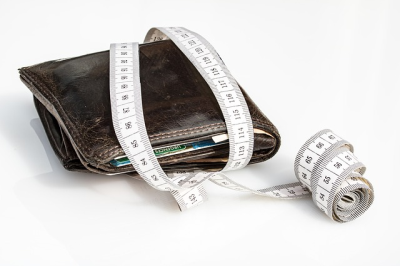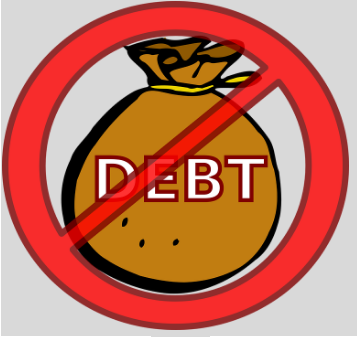The Debt Snowball Method – How To Make It Work For You?

Raising money and resorting to bank loans from time to time is not something that can be dubbed wrong as it is. There are some periods of economic cycles when interest rates are actually tempting and when taking a bank loan is truly justified from the money management point of view.
However, with all the banking system evolving on an everyday basis and with numerous financial products and services available for everyone, people lost track of how to manage their money.
And when you wake up every day with the burden of needing to pay off your credit card debt, your mortgage, your student loan and your healthcare check on top of it all – that’s when you know that you made a mistake somewhere along the way.
But don’t worry. Luckily enough, there are some things that you might consider doing in order to regain your financial freedom and to get back on that debt-free tracks.
Changing your spending habits and modifying mindset so you set your priorities in a little bit different manner is a must here.
Sticking to these neat tricks may go a long way when we are talking about repaying everything you owe.
Prioritize Your Debt Expenses
The true core of debt snowball method is the possibility of an individual to categorize recurring expenses that he has.
For instance, if we are dealing with 4 different types of financial obligations that are extracting money on an ongoing basis from our family budget in terms of paying down interest rates – we might as well line up by following one of these two criteria:
- the amount of money owed or
- the significance of interest rate involved
Paying off a portion of every debt we have shows discipline and a good will to break free of debt chains. However, that will ultimately result in us paying more than what we would pay if we try to pay off our debts one-by-one.
The whole point of debt snowballing is gaining momentum when paying off debts. When you pay off the smallest one, you will find yourself with a little bit of extra money by the end of the month you were previously using for paying off interest on a now-paid-off loan. How do you use that extra money is also of great importance to you.
Reinvesting the Money Proceeds

Like we already said, there are dozens of ways you can do with the money proceeds. All the debt snowball method evangelists will certainly advise you to use all of the money left to pay off remaining debts.
That’s a good one, no doubt about that! But what if we are talking about really big loans, which will take years to pay off, even if we are using all the extra money we have to repay our debts going further. Do we really have to live like this for a couple of years just to pay off our debts?
No.
Given that you already know how it feels like swirling in a debt spiral, we won’t even mention that taking new debt to refinance the old one wouldn’t be a good solution if you don’t know what you are doing.
However, it’s always good to know that there are a couple of things you might consider doing regarding paying off remaining debt – one of them would be consolidating it for example.
Finally, probably the best thing you can do with your money is to try to multiply it by reinvesting it to something that will bring you even more revenue going further. You can literally invest your money in thousands of things.
However, looking forward to the new era of investing, it’s just maybe you can consider investing in cryptocurrencies in the years to come.
Good luck with it!




